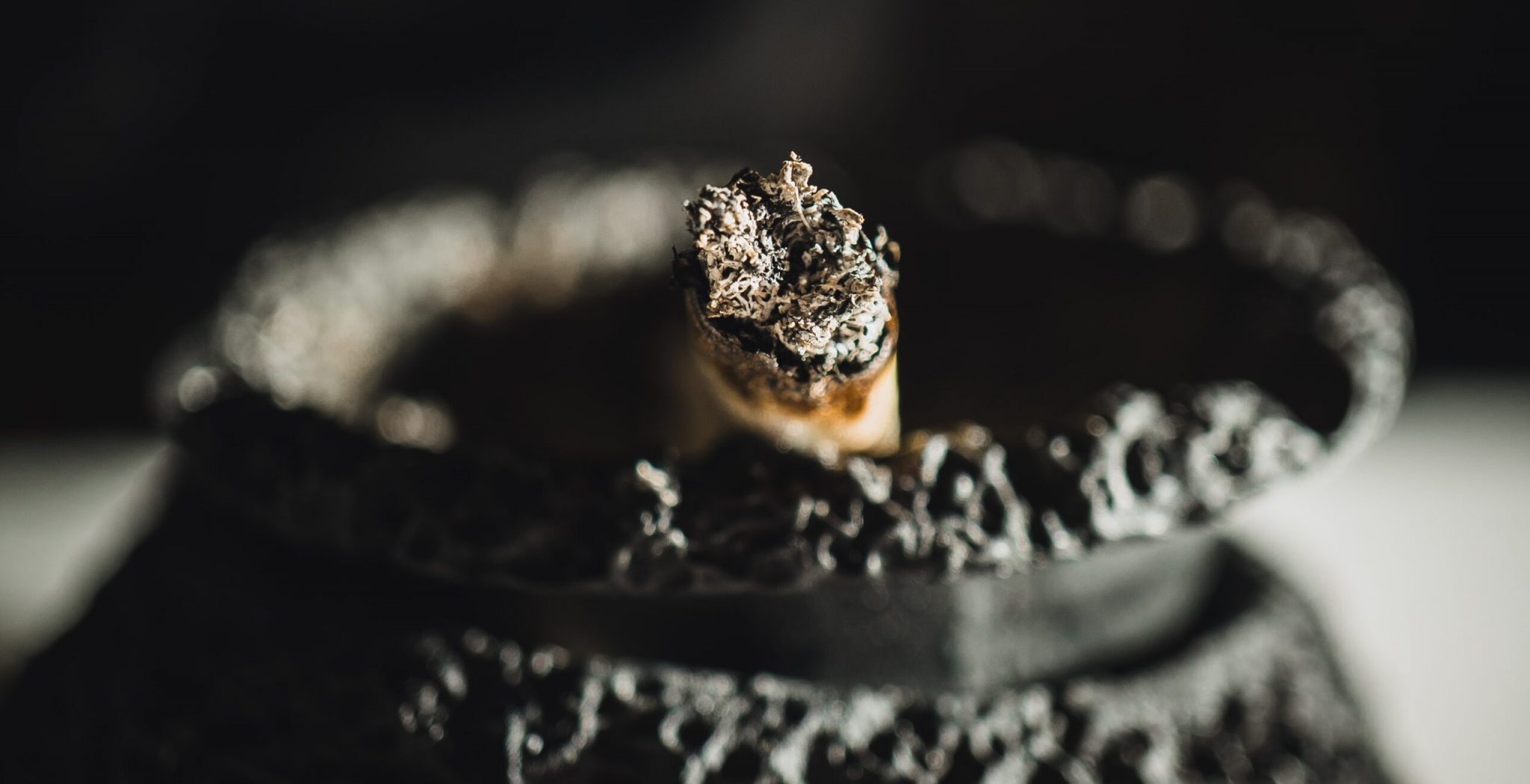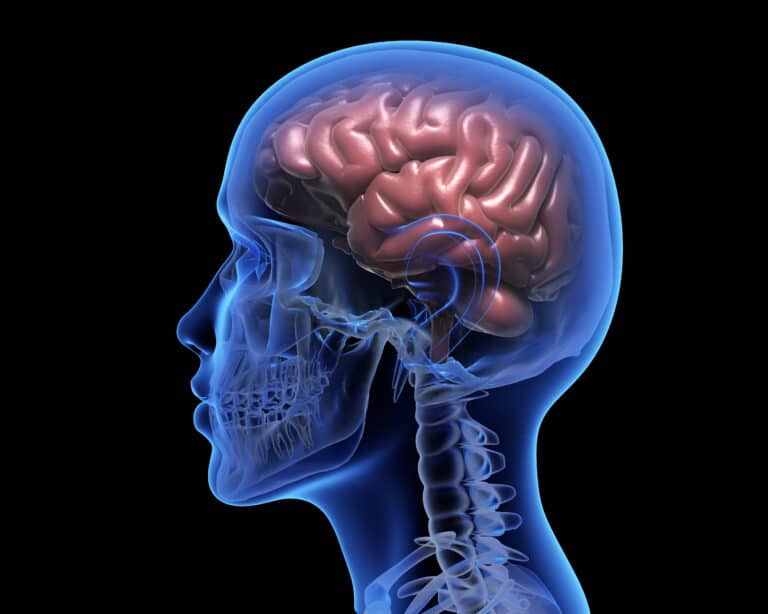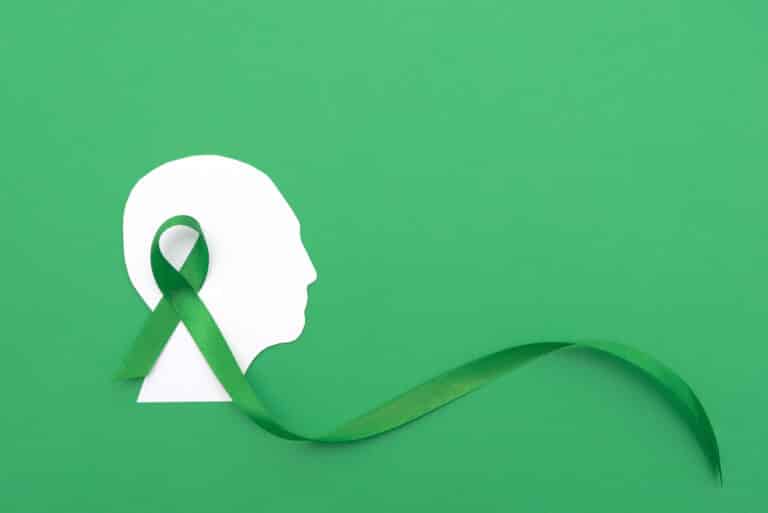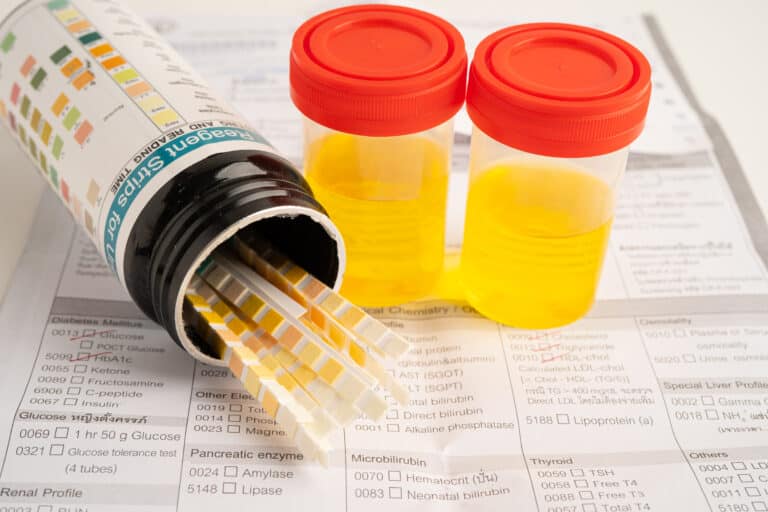Spice is synthetic cannabis, but the effects are far from those of natural cannabis plant products. Spice contains synthetic cannabinoids, which are very different than cannabinoids like CBD and THC found in cannabis plants.
While many people assume they’ll get marijuana effects from Spice, aggression, seizures, and vomiting are more common.
So what is Spice made of? Keep reading to learn more about the drug and what it does.
What Is the Spice Drug Made Of?
Spice is a blended product. It contains shredded plant material and chemicals made in a lab that boasts mind-altering effects.
People refer to Spice as synthetic marijuana and fake weed because some of the chemicals found in spice are similar to those in cannabis. The effects, however, are very different. Typically, manufacturers spray chemicals onto the shredded plant material to make it look like marijuana.
The chemicals in Spice don’t have any medical benefit. Many of those chemicals have been deemed illegal by the DEA (Drug Enforcement Administration). Manufacturers get around the DEA by consistently finding new chemicals to put in their products.
These chemicals, or synthetic cannabinoids, bind to the receptors in our brains the same way that cannabinoids from marijuana plants bind.
How Do People Use Spice?
Spice showed up in Europe and the United States in the early 2000s. Users inhale Spice by rolling it in papers just like handmade tobacco cigarettes or a cannabis joint. Sometimes, people mix it with cannabis, too.
Some opt to use Spice as an herbal tea and drink it, and others purchase Spice in liquid form to be used in vape pens like e-cigarettes.
Is Spice Dangerous?
Spice is a dangerous, short-acting drug. Some users experience seizures up to a few hours after using. In addition to seizures, there are other negative reactions to Spice, such as:
- Anxiety
- Depression
- Change in eating
- Change in sleep
The withdrawal process can be intense, which is why detoxifications should always be supervised. The DEA reports some serious and potentially detrimental physical side effects, too.
Some of the physical reactions to using Spice are:
- Respiratory issues
- Elevated body temperature
- Increased heart rate
- Increased blood pressure
Without medical supervision, detoxification from Spice can be both dangerous and unpleasant.
What Can Happen With a Spice Overdose?
Many users don’t realize how potent Spice is when they try it. Because it’s compared to marijuana, people think they can smoke the same amount as they would if it were cannabis, which puts them at risk for a Spice overdose.
Plus, as an individual’s tolerance increases, their Spice use increases, too. This can lead to an even greater risk of suffering nervous system and brain damage.
The psychoactive chemicals in Spice aren’t regulated. They’re constantly changing, too. What that means is that the effects are different from one batch to the next, and you won’t necessarily know what you’re getting.
Distribution is an issue, too. Each time someone tries Spice, those chemicals get distributed differently in the body and brain than the time before. As a result, the risk of a dangerous Spice overdose increases.
Side Effects of Spice
Some people experience effects similar to marijuana from Spice. But there are also a host of negative side effects, including:
- Throwing up
- Increased heart rate
- Extreme nervousness or anxiety
- Hallucinations
- Suicidal thoughts
- Violent behavior
Symptoms of Spice Withdrawal
One of the reasons why it’s essential to experience detox under the care of a medical professional is that there are many potential and dangerous Spice withdrawal symptoms.
Mild or moderate users aren’t likely to experience extreme withdrawal symptoms, but they’ll at least have difficulty sleeping and mild anxiety. The longer you’ve been using the drug, the more likely you are to exhibit withdrawal symptoms.
Spice chemicals bind to the receptors that cannabinoids bind to. CB1R receptors live in the brain and play an essential role in processes such as:
- Motor coordination
- Analgesia
- Perceptional and sensory distortions
CB2Rs are located in white blood cells rather than in the brain. You can also find them in the liver, pancreas, spleen, and bone marrow. Their main job is to help regulate immune function.
Some of the most common symptoms of Spice withdrawal are:
- Coughing
- Anger and irritability
- Nervousness or anxiety
- Headaches
- Impatience
The worst withdrawal symptoms are those that resolve themselves within a week, such as sweating and vomiting.
There are some residual symptoms that can last much longer, such as:
- Tremors
- Insomnia
- Tremors
- Depression
- Internal restlessness
- Difficulty concentrating
Spice’s Cause and Effect
For every effect that Spice has, there is a reaction or counter-effect when the individual stops using Spice. For example, say there’s a person who feels relaxed when they use Spice. If they were to stop using Spice suddenly, they’d find themselves agitated, the opposite of relaxed.
How severe the reaction is depends entirely on the frequency and quantity of the individual’s Spice use.
What Is Spice?
It’s difficult to answer what Spice is made of because manufacturers are consistently finding new chemicals to integrate into their products.
Even though Spice is made to look like marijuana, the effects are significantly more potent. Many users don’t know this, which is why they opt to inhale spice in the same way and to the same extent as they would cannabis.
Everyone is different when it comes to spice, too.
Withdrawal symptoms, for example, depend on the user and their reaction to using Spice.
Detoxing from Spice is a dangerous task, which is why it should only be done under the care of medical professionals with an individualized plan for your addiction recovery.
If you or a loved one want to heal your mind, body, and soul from Spice, contact us so that we can get started on your beautiful journey to recovery!






